Protect Your Furniture with Custom Packaging Solutions
-
By: Caroline Ray
-
January 24, 2025
What if every unexpected scratch or dent on your furniture during shipping could be avoided? Protecting your investment starts with the right packaging. Custom packaging solutions offer the precision necessary to keep furniture safe during transit while showcasing your brand identity. Companies like Aigo Print Shop understand the importance of a tailored fit to minimize risks, ensuring that your products arrive in perfect condition. Customizing your packaging isn’t just about aesthetics; it’s about elevating product safety and enhancing overall brand recognition. Read on to explore how these solutions can transform your furniture shipping experience.
Custom Packaging Solutions for Furniture Shipping
Custom furniture packaging plays a crucial role in ensuring the safety of items during transit. By offering tailored fits, these solutions minimize movement, reducing the risk of damage. This is especially important for furniture with unique shapes and sizes, which might not fit standard packaging. Custom packaging solutions are designed to meet specific brand and product needs, enhancing the protection of furniture against impacts, scratches, and environmental factors. The precise fit and sturdy construction of custom boxes prevent the furniture from shifting, thereby maintaining its integrity throughout the shipping process.
- Custom-sized boxes: Tailored to the exact dimensions of the furniture, reducing movement and potential damage.
- Foam inserts: Provide cushioning and absorb shock during transit.
- Edge and corner protectors: Safeguard vulnerable parts from dents and scratches.
- Double-wall corrugated boxes: Offer enhanced durability and protection for heavier items.
- Pallet-ready crates: Facilitate easy handling and stacking during shipping.
Companies like Aigo Print Shop and The Box Depot specialize in creating custom packaging solutions that cater to the diverse needs of furniture shipping. They provide reliable services that ensure the packaging is not only protective but also aligned with the brand’s aesthetic and functional requirements. These companies employ advanced techniques and high-quality materials, offering comprehensive customization options that enhance both safety and durability. By leveraging their expertise, businesses can confidently ship their furniture, knowing that it is well-protected and will arrive in pristine condition.
Protective Materials for Furniture Shipping

Using protective materials is essential when shipping furniture to prevent damage during transit. Packaging materials not only cushion the items but also protect them from impacts, scratches, and moisture, ensuring they arrive in pristine condition. The right protective padding can absorb shocks and reduce the risk of movement within the packaging, which is crucial for maintaining the integrity of the furniture.
Bubble wrap, furniture blankets, foam padding, and corner protectors are among the most effective materials available. Bubble wrap offers a lightweight yet durable option for wrapping furniture, providing a layer of protection against scratches and impacts. Foam inserts are particularly useful for filling gaps within boxes and securing items in place, preventing them from shifting. Corner protectors, typically made from foam or plastic, are vital for shielding vulnerable edges from dents and abrasions during handling and transport.
These materials bring significant benefits when used effectively. They help maintain the furniture’s original condition by mitigating the effects of external forces during shipping. By employing these protective solutions, businesses can enhance the safety of their shipped items, ensuring customer satisfaction and reducing the likelihood of returns due to damage. This strategic use of protective materials not only safeguards the furniture but also upholds the brand’s reputation for quality and reliability.
Designing Custom Boxes for Safe Furniture Transit
Creating custom boxes for furniture is crucial for ensuring safe transit and minimizing the risk of damage. These boxes are crafted using high-quality materials, including single, double, and triple-wall corrugated containers, which provide varying levels of durability and protection. The design process focuses on achieving a tailored fit that prevents movement during shipping, which is essential for maintaining the furniture’s condition. By customizing the box dimensions and incorporating protective features, businesses can safeguard their products from impacts, environmental factors, and handling mishaps. This level of precision in packaging design is not only about protection but also about enhancing the brand’s reputation for quality and attention to detail.
| Box Type | Material | Protection Level |
|---|---|---|
| Single-Wall Box | Corrugated Cardboard | Basic |
| Double-Wall Box | Corrugated Cardboard | Moderate |
| Triple-Wall Box | Corrugated Cardboard | High |
Customization options in box design significantly impact the safety and durability of the packaging. Features such as foam inserts, reinforced edges, and moisture-resistant coatings can be tailored to the specific needs of the furniture being shipped. These elements enhance the box’s ability to protect against shocks, vibrations, and environmental conditions. Additionally, custom boxes can include branding elements, ensuring that the packaging reflects the company’s image while providing exceptional protection. By investing in custom-designed boxes, businesses not only protect their products during transit but also demonstrate a commitment to quality and customer satisfaction.
Tips for Effective Furniture Packaging and Shipping

Proper packaging techniques are crucial for ensuring furniture safety during transit. The goal is to protect furniture from potential damage like scratches, dents, or breakage by minimizing movement and exposure to external elements. Effective packaging begins with choosing the right materials, such as bubble wrap or foam, which cushion the furniture and absorb shocks. Disassembling larger pieces can also make handling easier and reduce the risk of damage. Furthermore, securing parts with tape prevents components like drawers or doors from opening during transport. Clearly labeling packages as “fragile” can prompt careful handling, adding an extra layer of security.
- Disassemble furniture to simplify handling and reduce damage risks.
- Use bubble wrap or foam to cushion and protect surfaces.
- Secure loose parts with tape to prevent movement.
- Label packages clearly as “fragile” for careful handling.
- Opt for edge and corner protectors to shield vulnerable areas.
- Choose durable double-wall boxes for heavy items.
- Consider custom-sized boxes for a snug fit and reduced movement.
Shipping carriers play a significant role in maintaining furniture safety during transit. Selecting a reliable carrier with a proven track record ensures that your items are handled with care. Additionally, opting for insurance coverage offers financial protection against potential losses or damages, providing peace of mind. This combination of secure packaging methods and thoughtful carrier selection helps minimize the risk of damage, ensuring that furniture arrives in excellent condition. Prioritizing these strategies not only protects the furniture but also enhances customer satisfaction and trust in the brand’s commitment to quality.
Reducing Environmental Impact with Eco-Friendly Packaging
Furniture packaging presents significant environmental challenges due to the substantial waste generated from traditional packaging materials like plastic and non-recyclable components. The production and disposal of these materials contribute to increased carbon emissions and landfill waste, exacerbating environmental degradation. As the demand for furniture shipping rises, the need for sustainable packaging solutions becomes more pressing. Addressing these challenges requires a shift towards methods that emphasize reducing waste and conserving resources while maintaining the quality and safety of the packaging.
Eco-friendly packaging solutions play a crucial role in mitigating these environmental challenges. By producing custom-sized boxes in-house, companies can significantly reduce packaging waste. This approach ensures that only the necessary amount of material is used, minimizing excess and reducing the carbon footprint associated with manufacturing and transporting pre-made boxes. Additionally, the use of sustainable materials, such as recycled cardboard and biodegradable fillers, further enhances the environmental benefits. These practices not only contribute to sustainability but also align with consumer preferences for environmentally responsible brands. By adopting eco-friendly packaging, businesses can protect furniture during transit while actively participating in environmental conservation efforts.
Final Words
Custom packaging is essential for transporting furniture safely.
With solutions finely tuned to meet specific needs, businesses reduce the risk of damage.
Protective materials such as foam inserts and bubble wrap play a critical role in furniture safety during transit.
Custom boxes tailored to fit furniture enhance protection, while effective packing techniques and reliable carriers ensure safe delivery.
Choosing eco-friendly packaging embodies a commitment to sustainability.
By adopting these strategies, businesses can protect their furniture with custom packaging designed for shipping, ensuring that each piece arrives in pristine condition.
FAQ
How do you pack furniture for shipping?
Packing furniture for shipping involves disassembling items, wrapping each part with protective materials like bubble wrap or furniture blankets, and securing them with tape. Proper labeling and choosing the right-sized boxes enhance protection.
Which kind of packaging does not need any protection?
Certain durable and non-fragile items might not require extensive packaging protection, but using some cushioning materials is typically advised to prevent surface damage or scratches during transit.
How do you secure a box for shipping?
Securing a box for shipping involves using durable tape along seams and edges to reinforce strength. Strategically filling empty spaces with bubble wrap or foam inserts minimizes movement and provides extra cushioning.

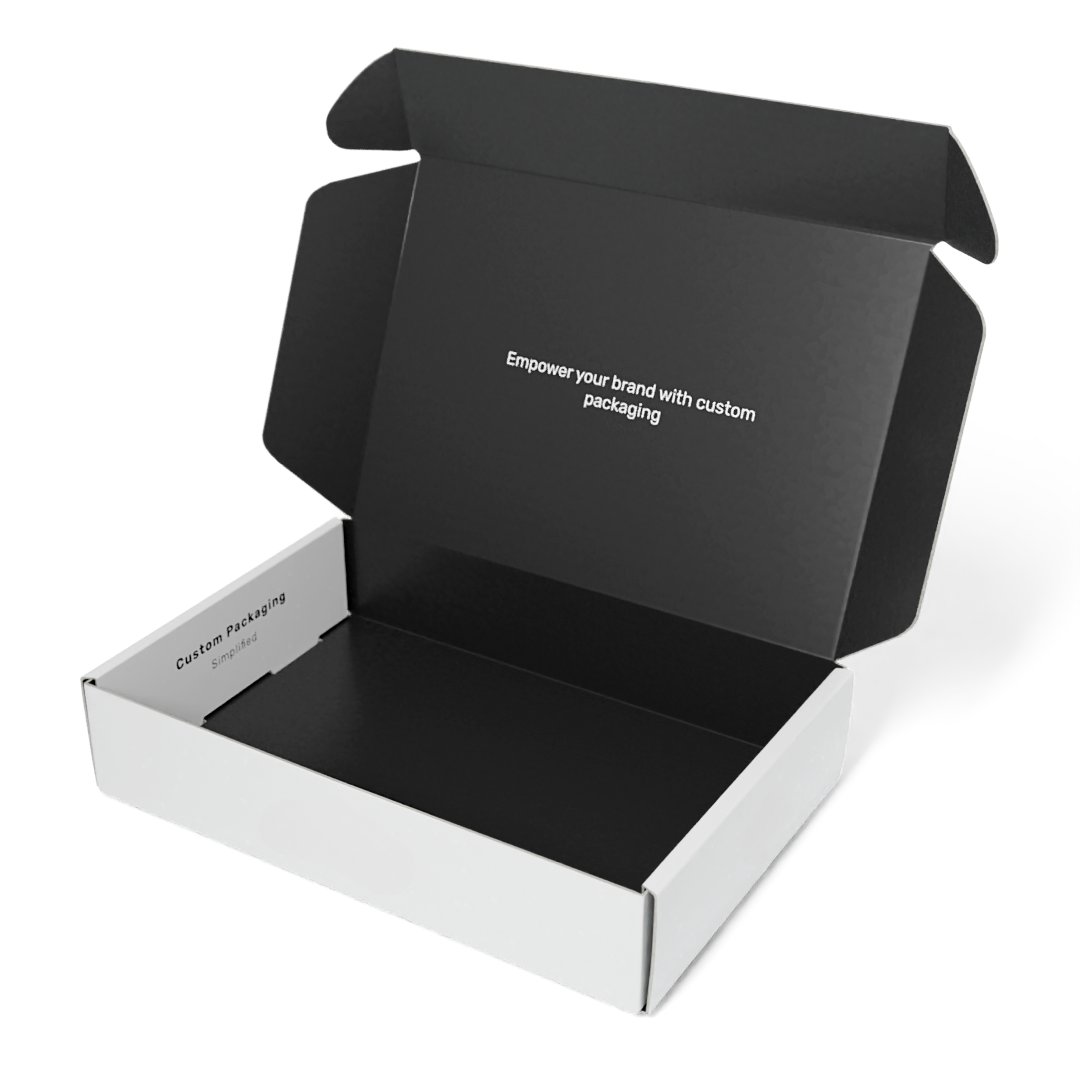
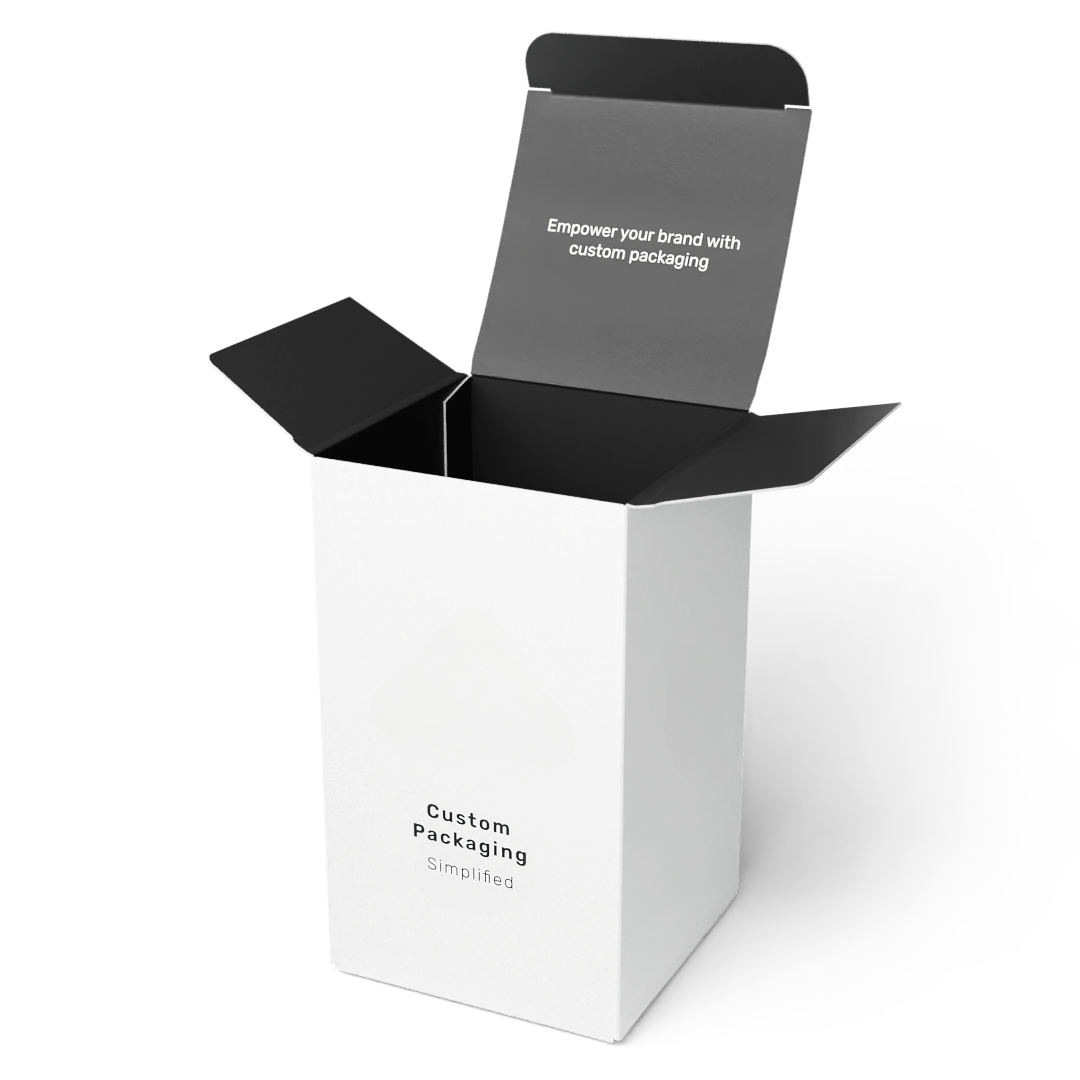
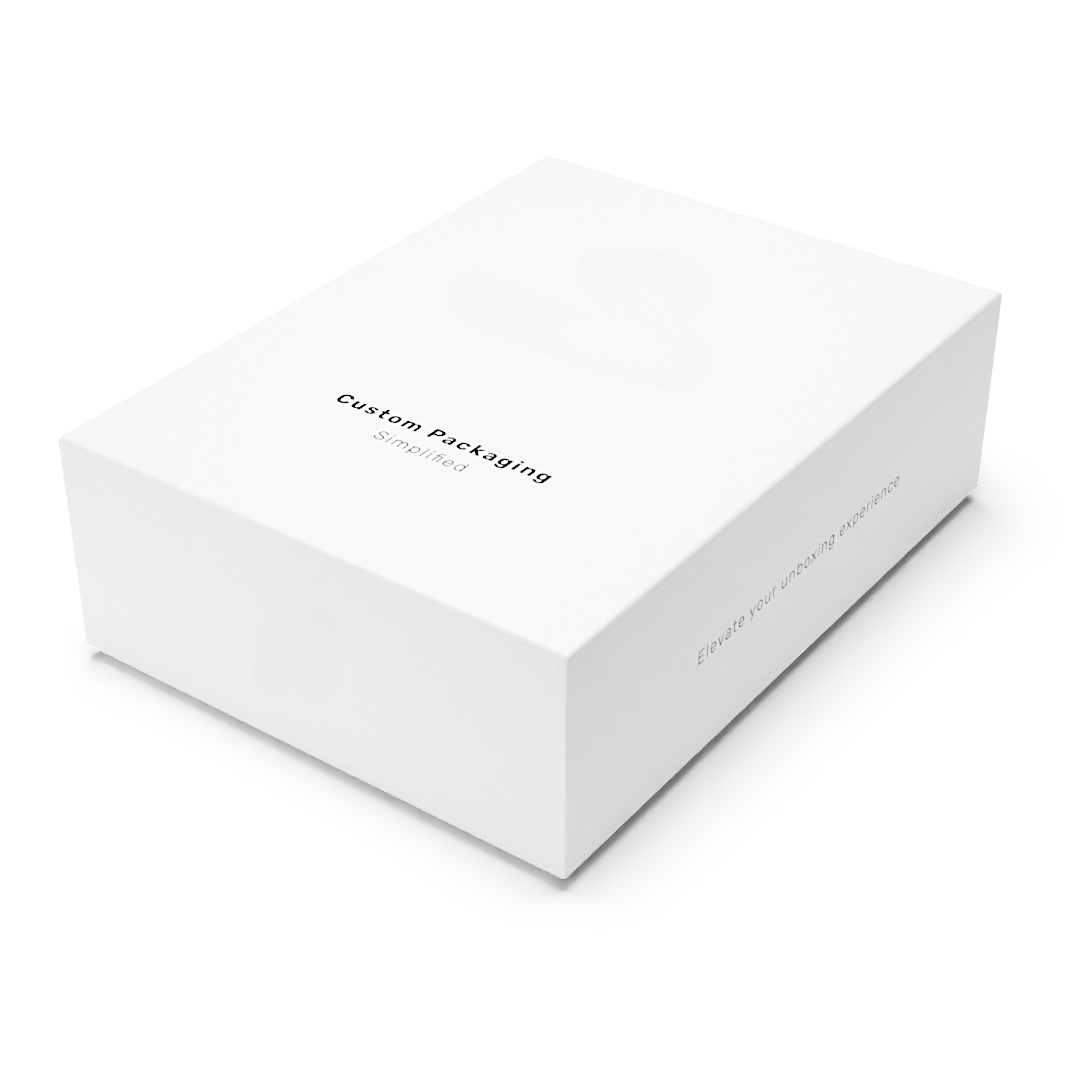
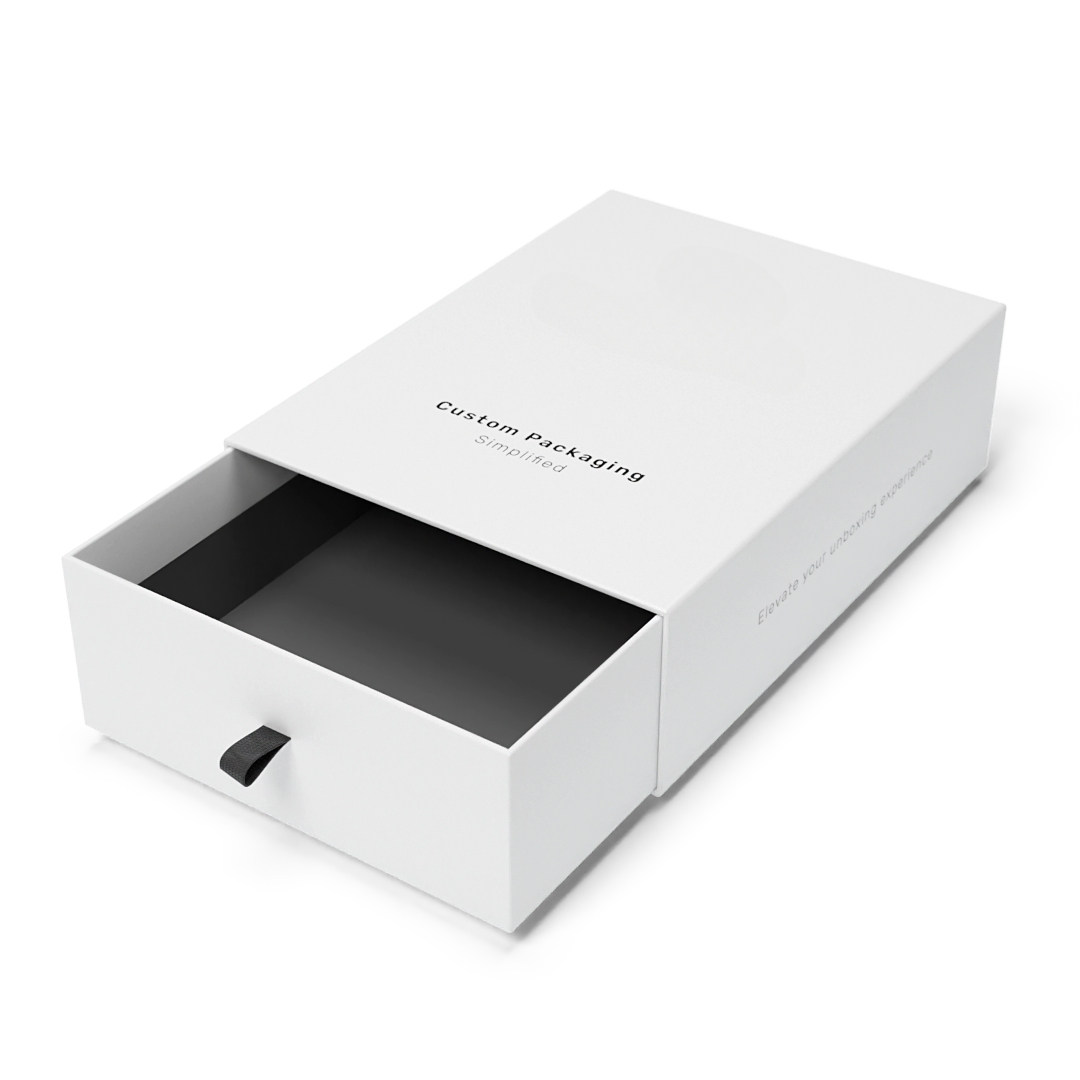
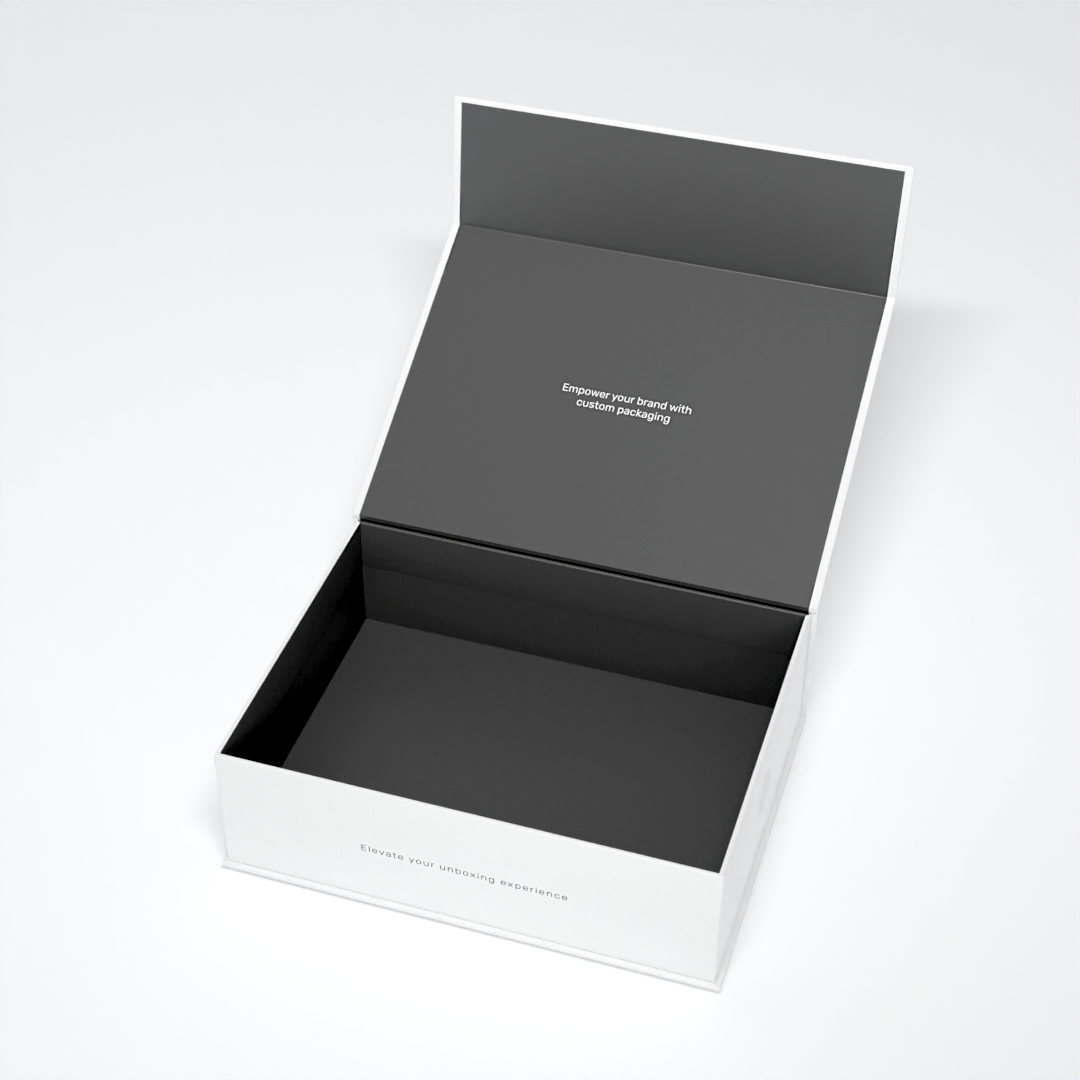

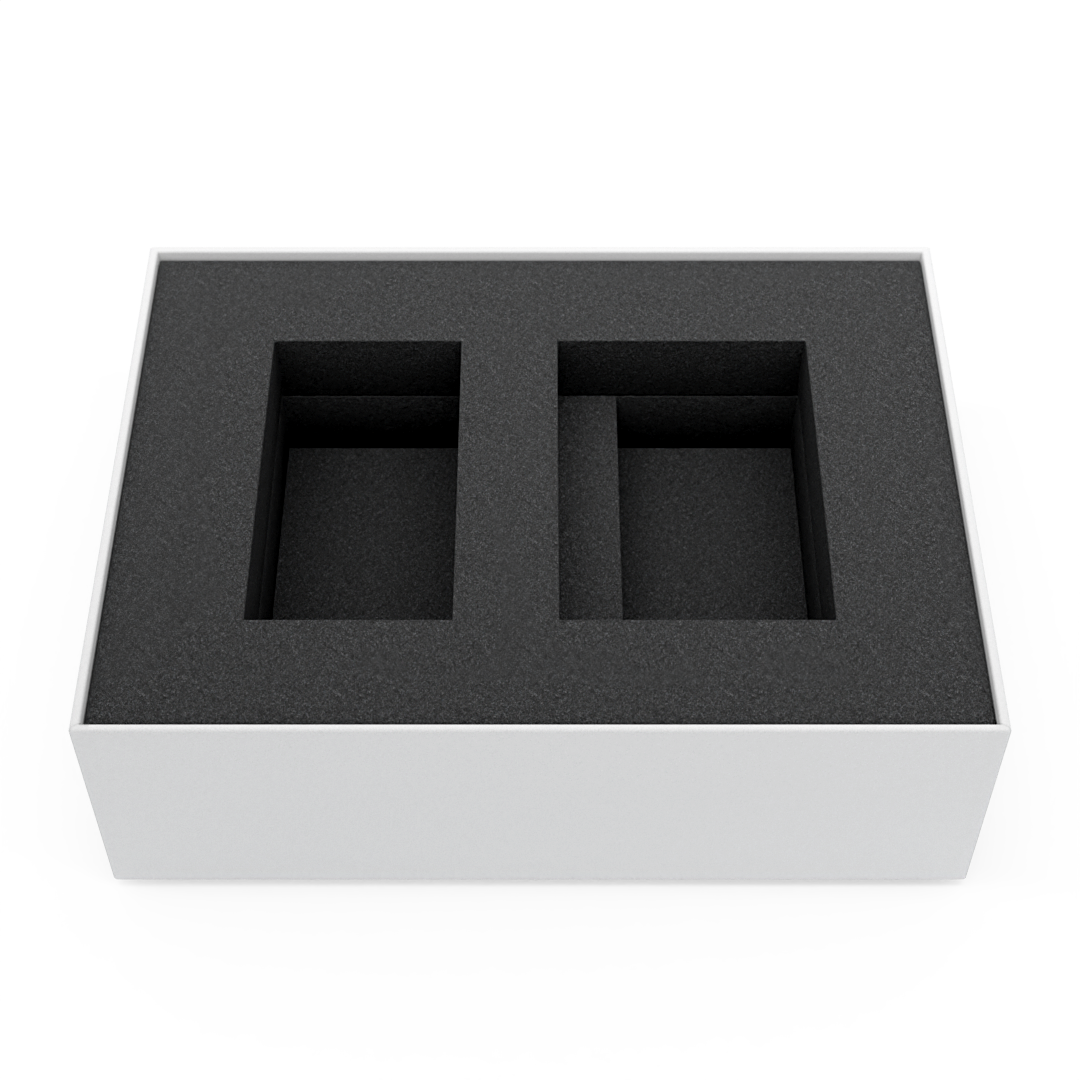
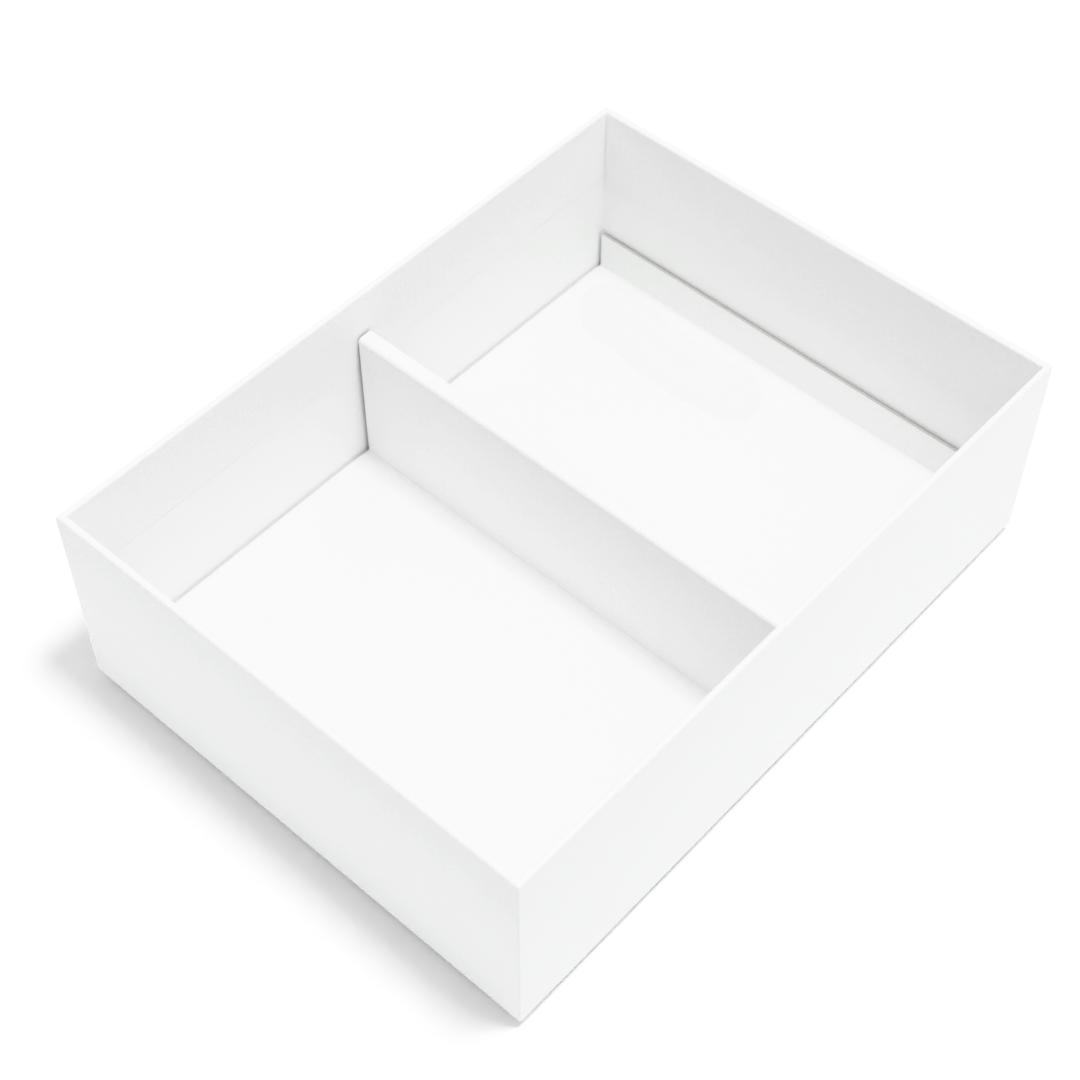
Leave a comment